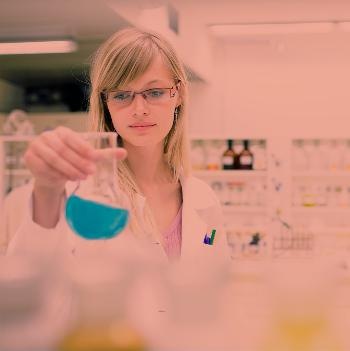Technology
Next Pharma ELISA Blood Test :

Next Pharma Blood Test(AABH Blood Test) is a laboratory test that works by measuring the serum levels of Aspartyl (Asparaginyl)-β Hydroxylase (AABH) by a new technology that is developed by Next Pharma Inc. AABH levels in the serum of individuals with cancer are significantly higher when compared to individuals who are cancer-free. Next Pharma’s Blood Test provides useful information about the likelihood of cancer in those at higher risk. The test also provides diagnostic information about Twenty-Seven different cancers by measuring the level of AABH in serum. AABH levels are elevated in the serum of individuals with different stages of Cancer “stage I, II, III and IV”, but not in the serum of patients who are known not to have cancer. Next Pharma’s Blood Test also aids in detection of recurrence and remission of Cancers.

Research done both at the Company and in collaboration with National and International Universities including Department of Biochemistry Research Center, Department of Animal Sciences, Pharmaceutical Research Center, and Research and Technology Center of Bio-molecules in various Medical Universities has established AABH as an excellent marker for cancer diagnosis, that may revolutionize cancer management and cancer control.
The diagnostic ELISA Blood Test, is provided in a kit of reagents to laboratories that have been fully trained and a comprehensive technology-transfer have been completed.
The target for cancer detection is AABH (aspartyl (asparaginyl) β-hydroxylase).
AABH plays an important role in the promotion, proliferation, motility, invasiveness and metastasis of tumors. Therefore, targeting the AABH protein is likely to have a direct effect on the processes that characterize malignancy.
AABH: Increased expression of AABH is specific to tumor cells and the enzyme is not necessary for normal cell function. Thus, targeting AABH will decrease only tumor cell function and should not cause any adverse effects in normal tissues.
AABH is expressed on the surface of cancer cells making it accessible from outside of the cell.
AABH over-expression has been observed in more than twenty-seven different cancers.
